The “Milky Way” Galaxy – is our home galaxy
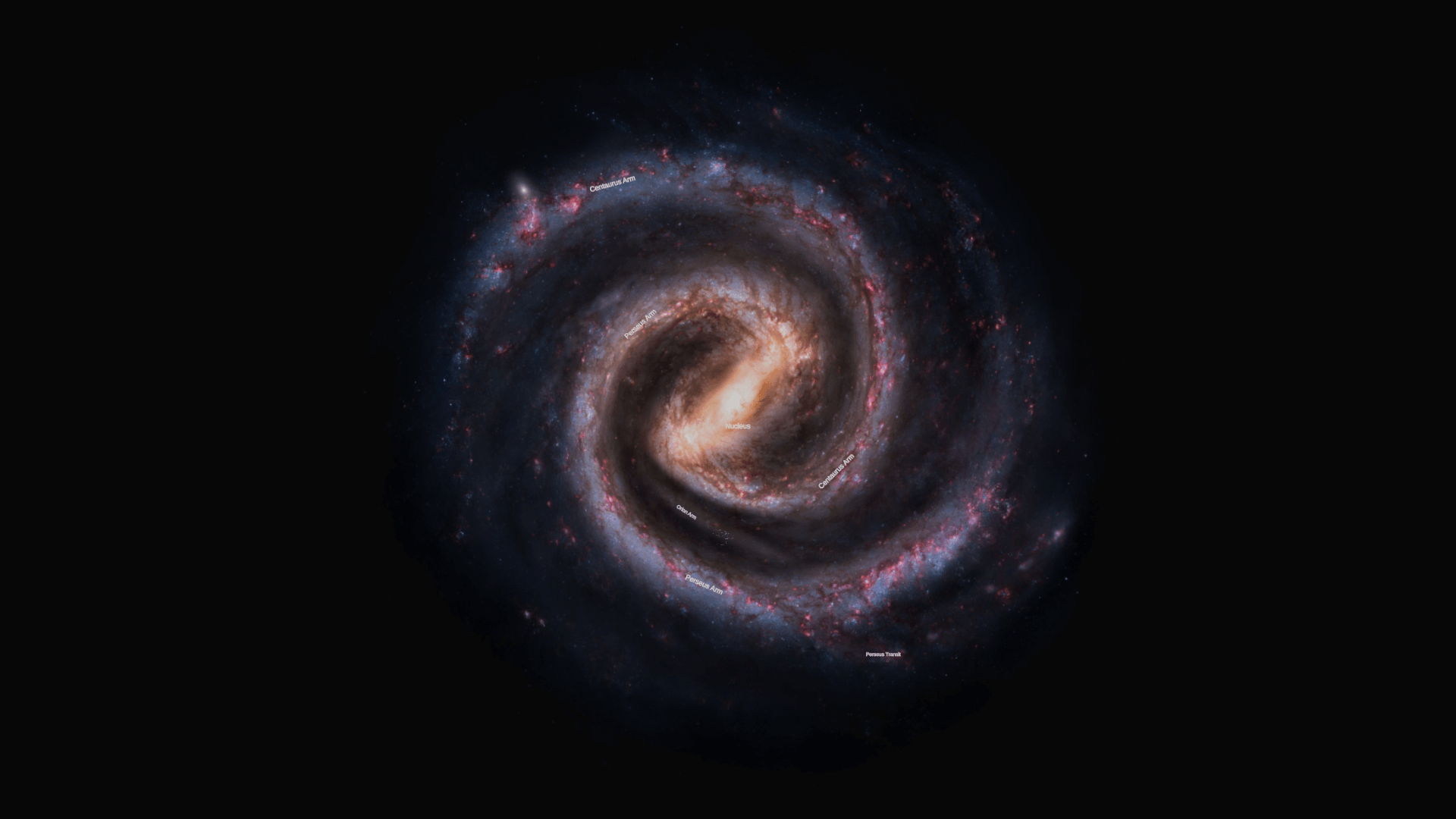
The Milky Way is a barred spiral galaxy that contains the solar system and the Earth. Most of the stars in the Galaxy are concentrated in the galactic disk with spiral arms. There are two main spiral arms in the galaxy - the Centaurus arm and the Perseus arm, and two secondary ones - the Norma arm and the Sagittarius arm. Their angle of twist is about 12°. In addition to large arms, there are also smaller arms, such as the Orion arm. At the center of the Galaxy is a supermassive black hole - Sagittarius A*, whose mass is 4.3 million solar masses! Compared to other spiral galaxies, our Galaxy has a quite large mass and high luminosity. Also she's beautiful.
The diameter of the Milky Way is 105700 light years. The thickness of the Bulge is 3000 light years. The bulge is such a spheroidal densification of stars in the center of the galaxy, which has great brightness. The thickness of the disk of the galaxy is 1000 light years. The number of stars in the Milky Way is estimated at 200-400 billion pieces (and every star most likely has planets).
Structure of the galaxy. Side view to disc.
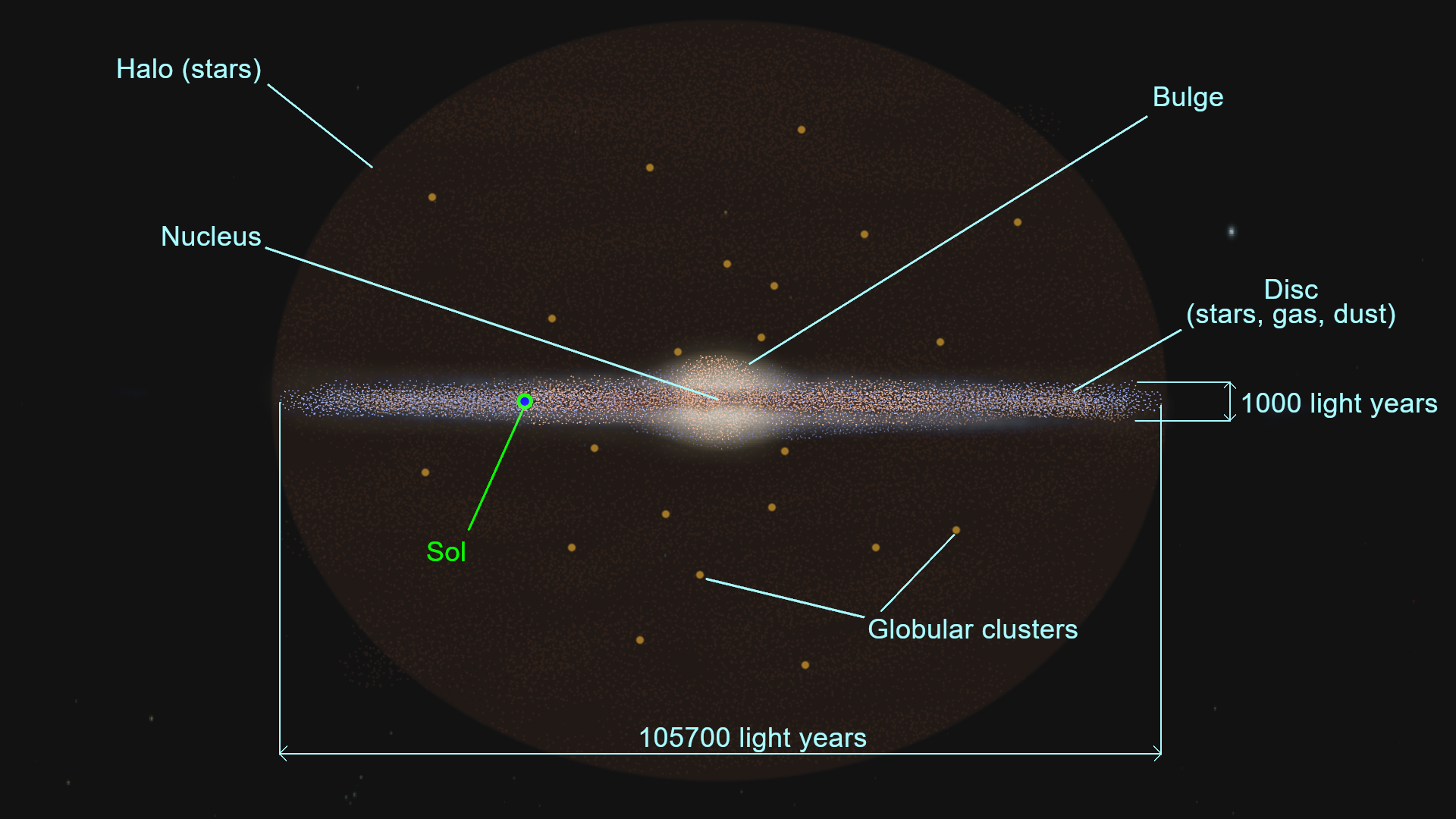
Our solar system placed in a small arm of the Milky Way called the Orion Arm. This is an area whose width is approximately 3500 light years and the length is 11000 light years. The Orion Arm crosses the Perseus Arm and then extends to the Outer Arm via the Perseus Transit. In fact, the Orion Arm here is a kind of bridge between several arms.
The Orion arm that contains the solar system
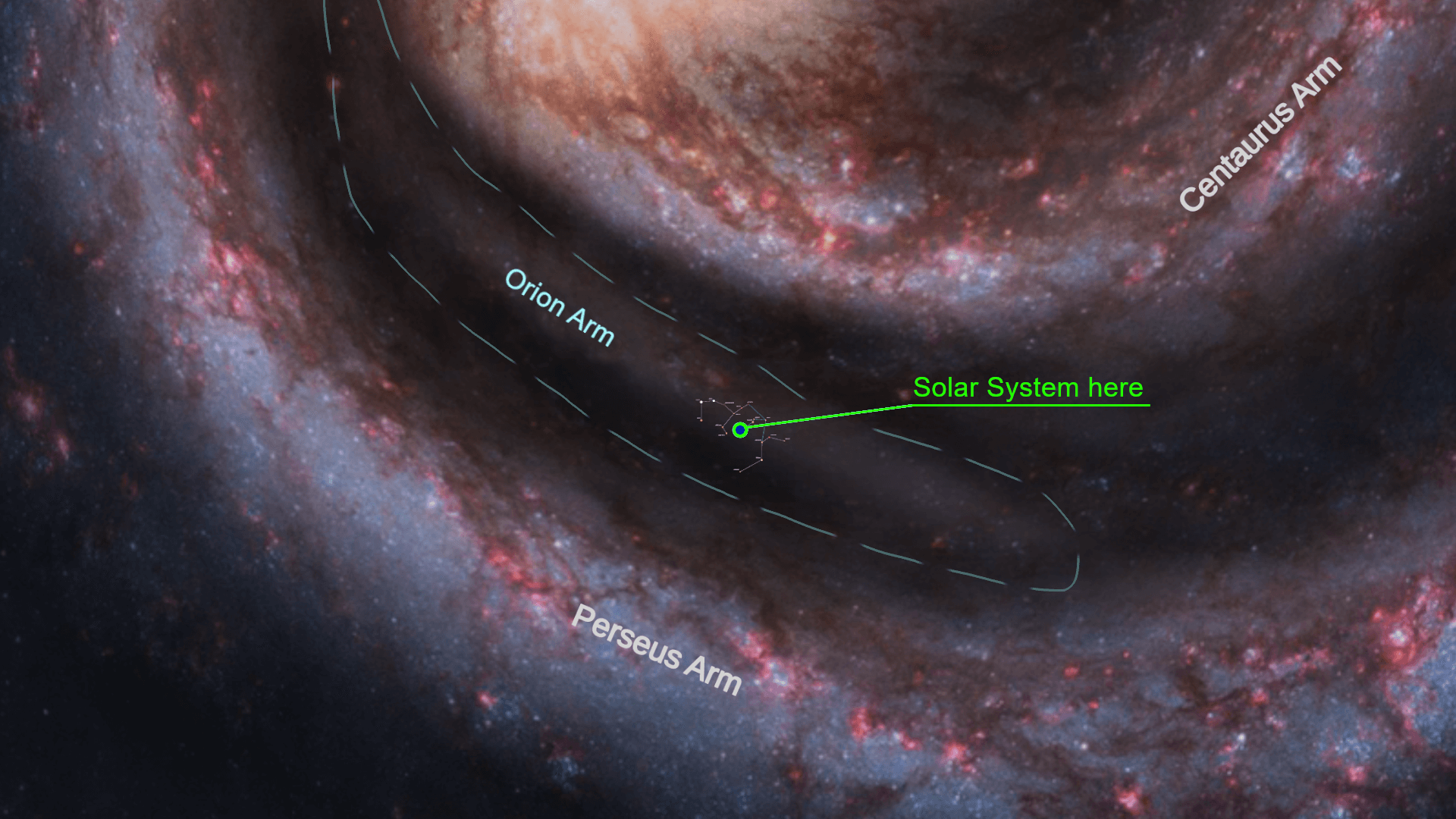
The solar system and neighboring stars (radius 10 light years). projection from above.
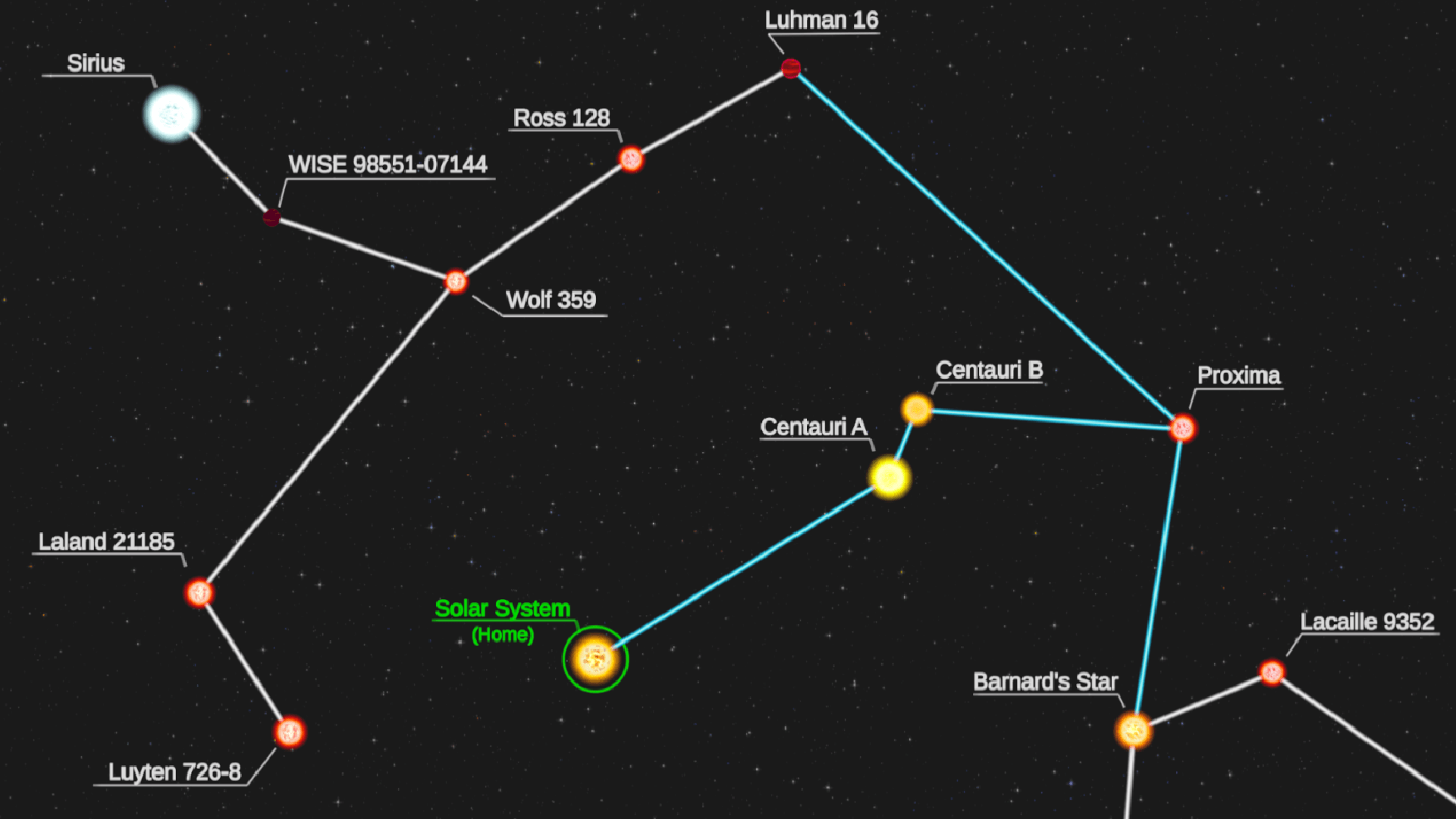
Perseus Transit
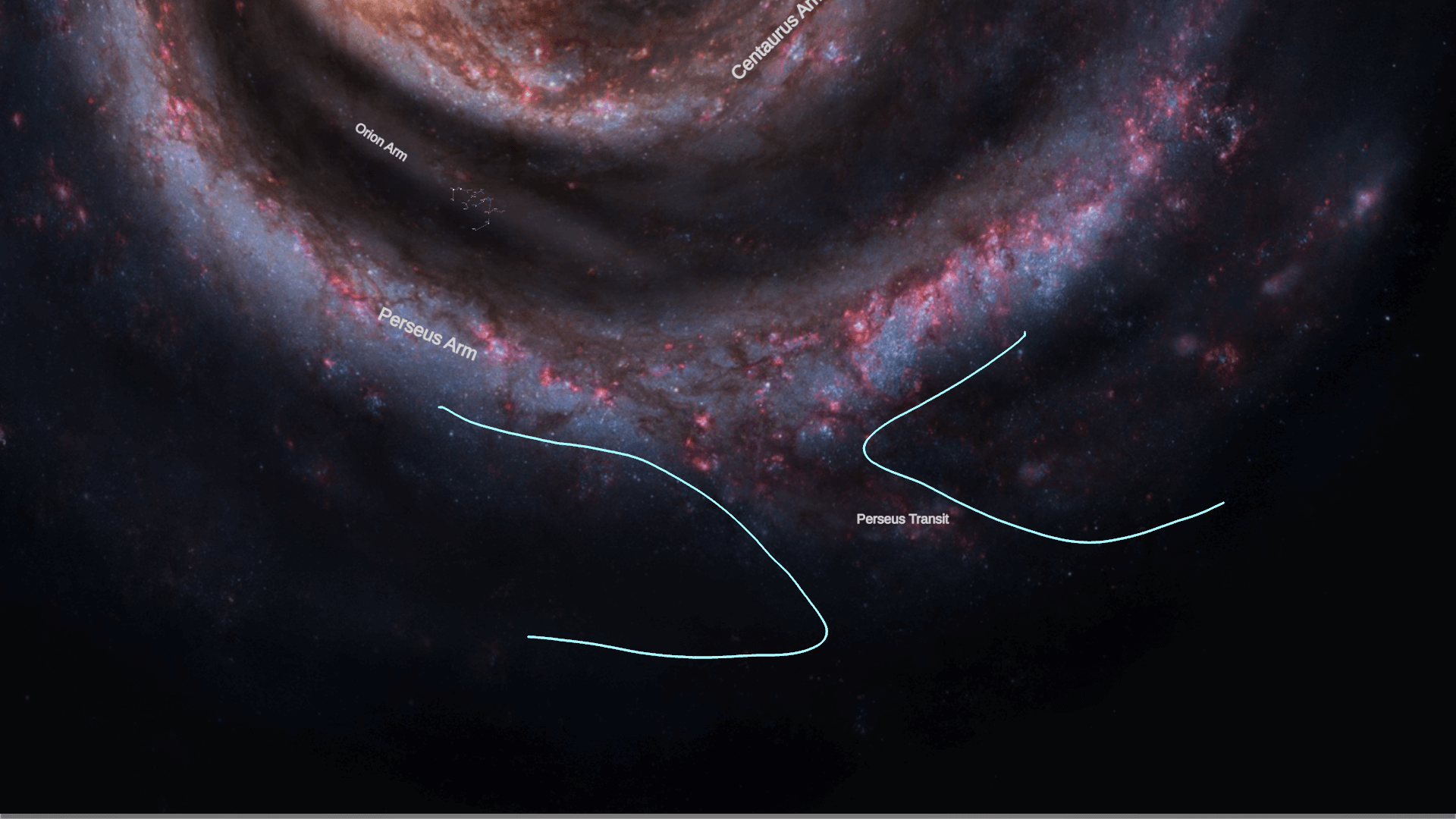
The Milky Way is in the Local Group of Galaxies, a gravitationally bound group of galaxies that contains the Milky Way and several other large galaxies such as the Andromeda Galaxy and the Triangulum Galaxy, as well as over 100 less massive galaxies.
The Milky Way is the second in the group in terms of size and number of stars after the Andromeda galaxy (the diameter of Andromeda is 153000 light years), but the masses of the two galaxies are comparable.
The Milky Way has more than two dozen satellite galaxies, of which the largest are the Large Magellanic Cloud (14,000 light years in diameter) and the Small Magellanic Cloud (7,000 light years in diameter).
Local Group of Galaxies
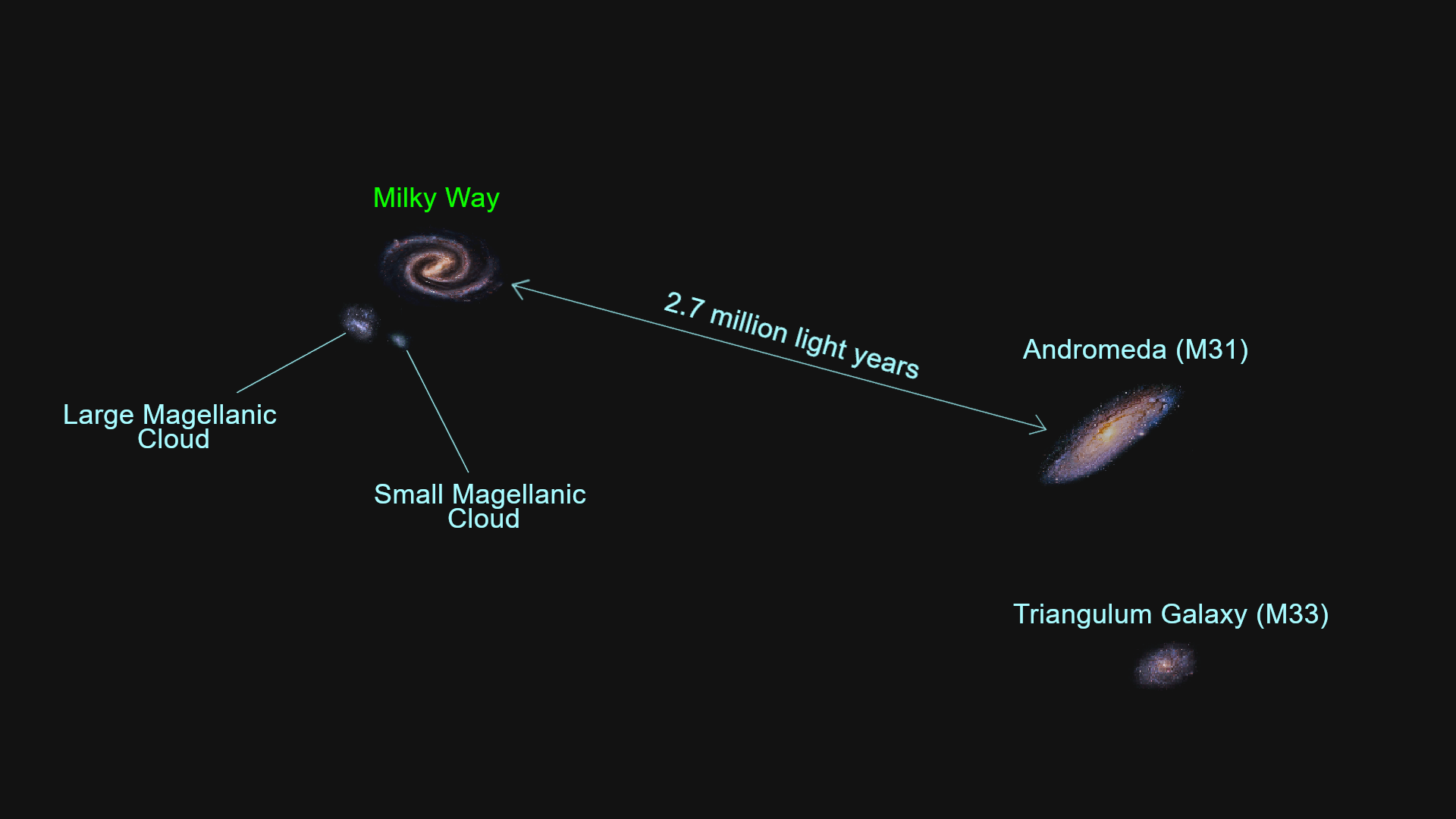
Andromeda is 2.7 million light years away from us, by the way, it also has its own "bros", it has about 20 satellite galaxies. After 4 billion years, the Milky Way and the Andromeda galaxy will collide and merge, resulting in the formation of an elliptical galaxy.
Some of the Milky Way satellite galaxies (Subgroup of the Milky Way)
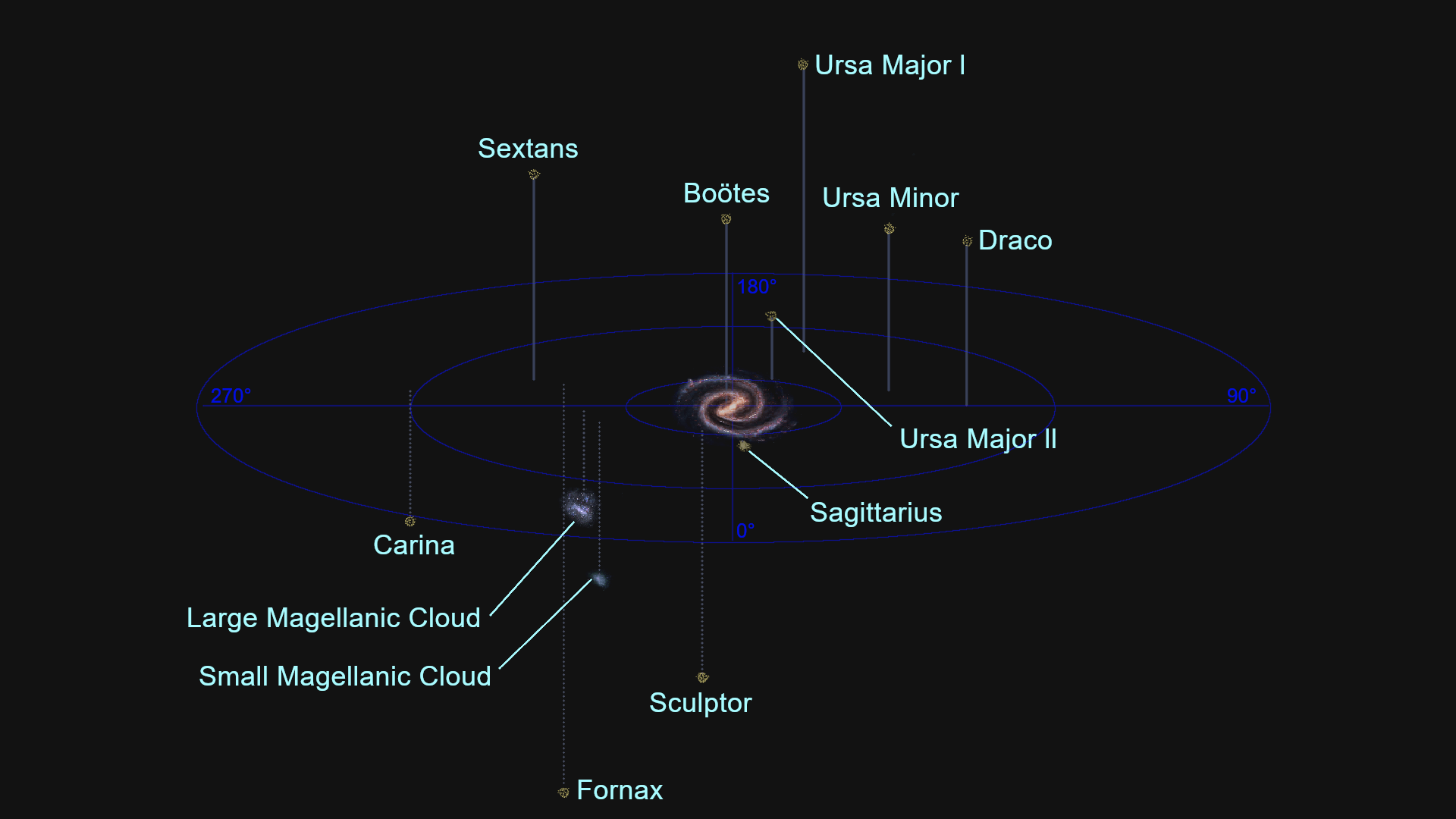
The age of the Milky Way is estimated at 13.6 billion years. The Big Bang happened 13.8 billion years ago, that is, the galaxy began to form approximately 200 million years after the appearance of the Universe. It is believed that in the early Universe small dark matter halos formed from the primary density fluctuations. These objects collected the gas that filled the Universe and colliding with each other formed protogalaxies. 13 billion years ago, stars began to form in our Galaxy - until that moment it consisted entirely of gas and dark matter. The various components of the Galaxy - the bulge, halo, thin and thick disc - formed at different times in different ways.
During the formation of our Galaxy, the Universe consisted of elements that arose during the Big Bang - hydrogen, helium, their isotopes - deuterium and helium-3, and lithium-7. More heavier elements were mainly formed later in stars. Less than 4 billion years after the Big Bang the bulge was formed - star formation in it went very quickly and was completed in less than 0.5 billion years, which is why bulge stars have an excess of alpha elements compared to iron. At the same time, but over a longer period of about 1–2 billion years, a small number of stars formed in the halo. The disc formed later, by 4-5 billion years after the Big Bang, after which stars were formed mostly only in the disc, and a minority in the bulge. It is believed that the disc formed from the inner parts to the outer parts: in the inner parts, the characteristic duration of star formation was 2 billion years, and in the outer parts it was 10 billion years or more, which explains the gradient of metallicity of stars in the disc. The thick disc formed before the thin disc, and after the formation of the first, 8 billion years ago, star formation practically stopped for a billion years. 7 billion years ago, star formation resumed and continues at an almost unchanged pace, and stars form only in a thin disc.
The evolution of our Galaxy is influenced by the accretion of gas from outside, which compensates costs of star formation. Over the past 12 billion years, our Galaxy has not experienced mergers with other large galaxies - such a history of collisions is atypical and distinguishes the Milky Way from other galaxies. So, 11 billion years ago, the Milky Way merged with the Kraken galaxy, the mass of which was about 3% of the Milky Way mass. According to various estimates, this could be the largest merger apart from those that could have taken place in the early universe. There is also an estimate that the merger with the Gaia-Enceladus galaxy was larger and the mass of the latter was 6% of the mass of the Milky Way. It is believed that in the Milky Way there are, respectively, at least 20 globular star clusters, originally formed in these galaxies.
***
In general, the Milky Way is our home, or rather it is a big house where our smaller house lives - the Solar System. And if someday we populate it completely, then we have "nearby" almost the same galaxy - Andromeda :)


